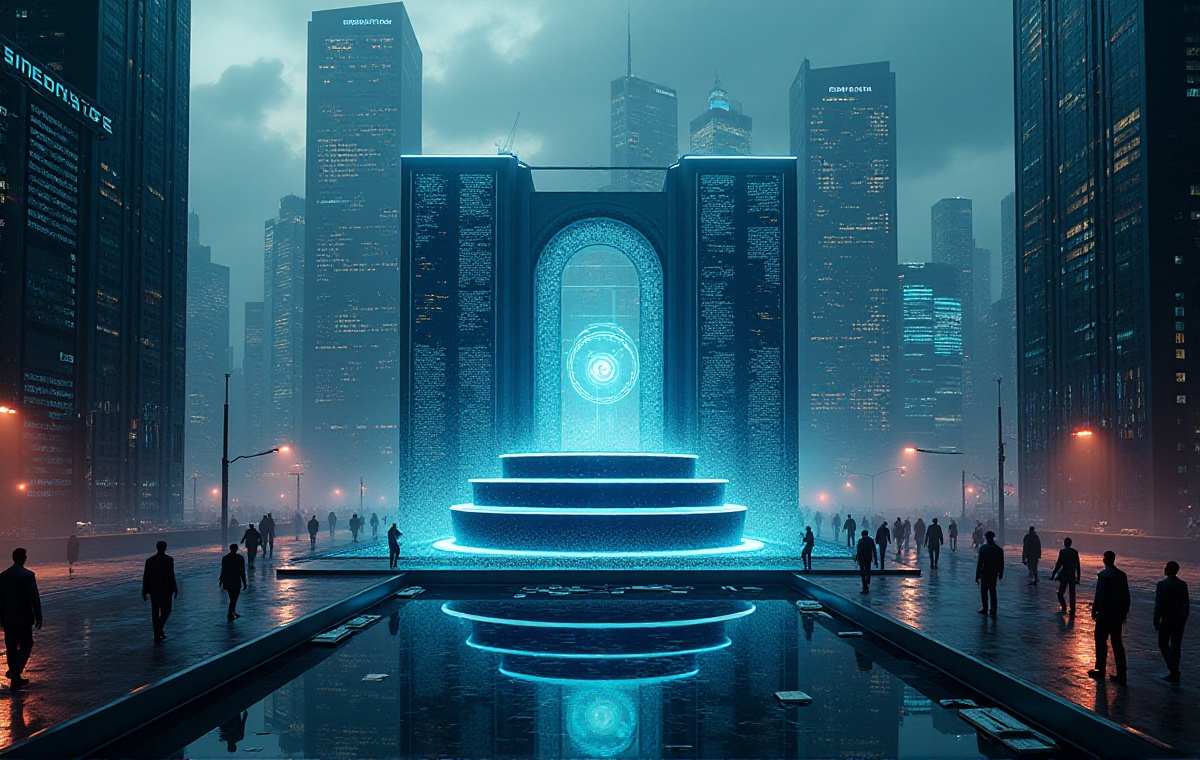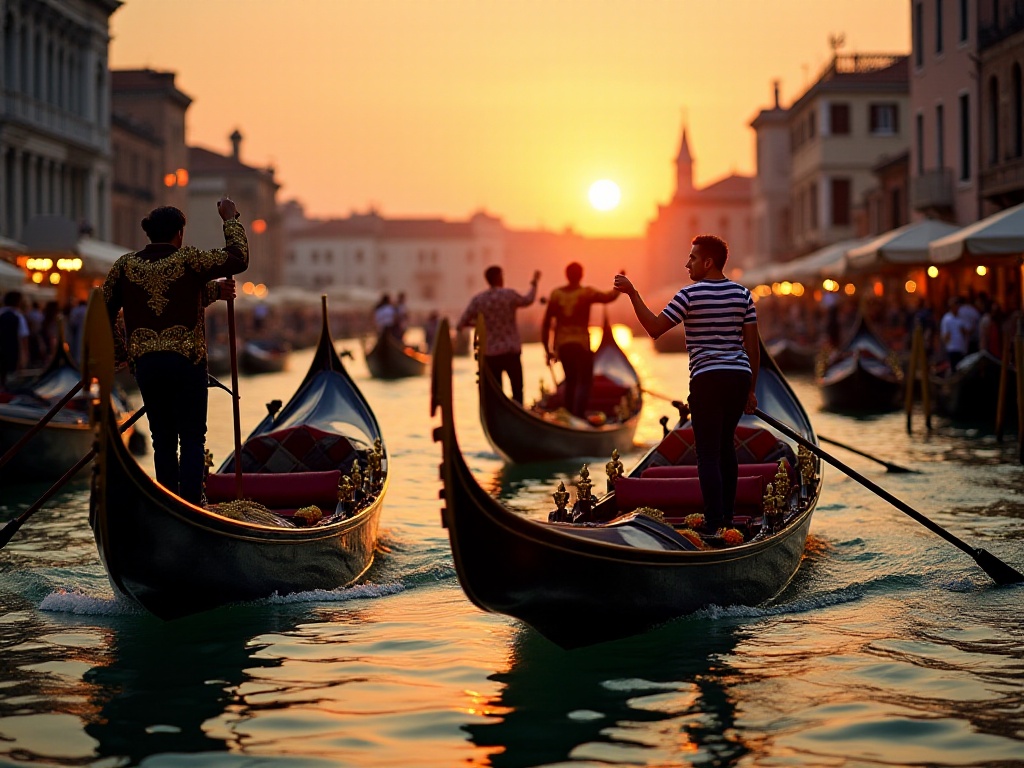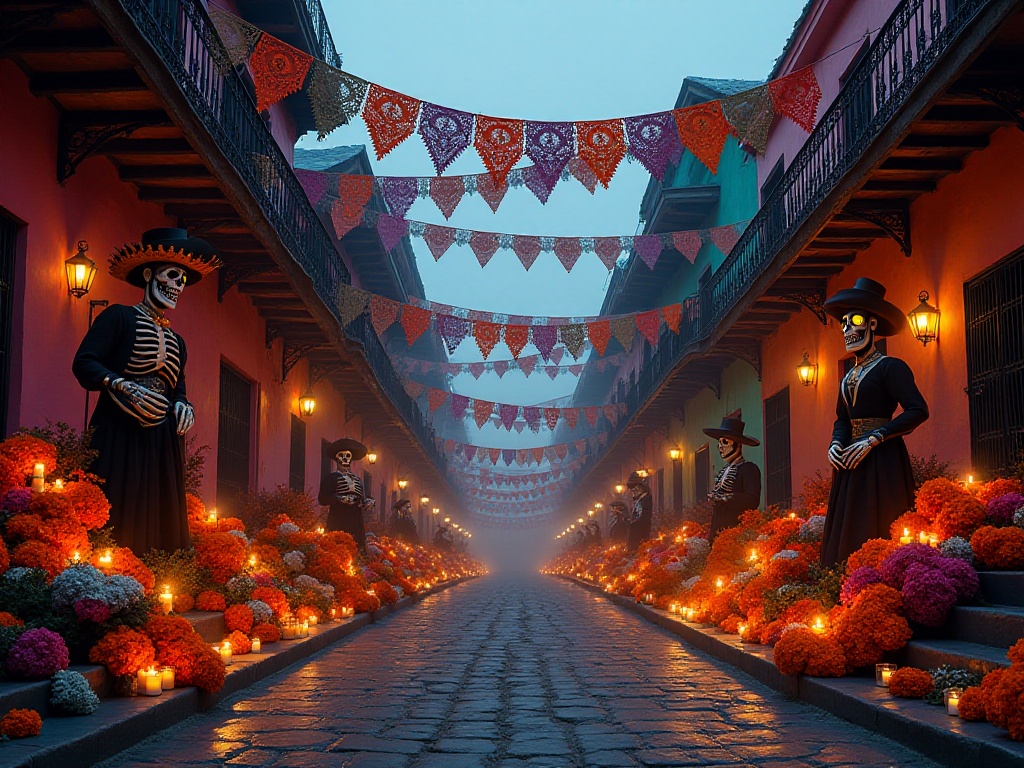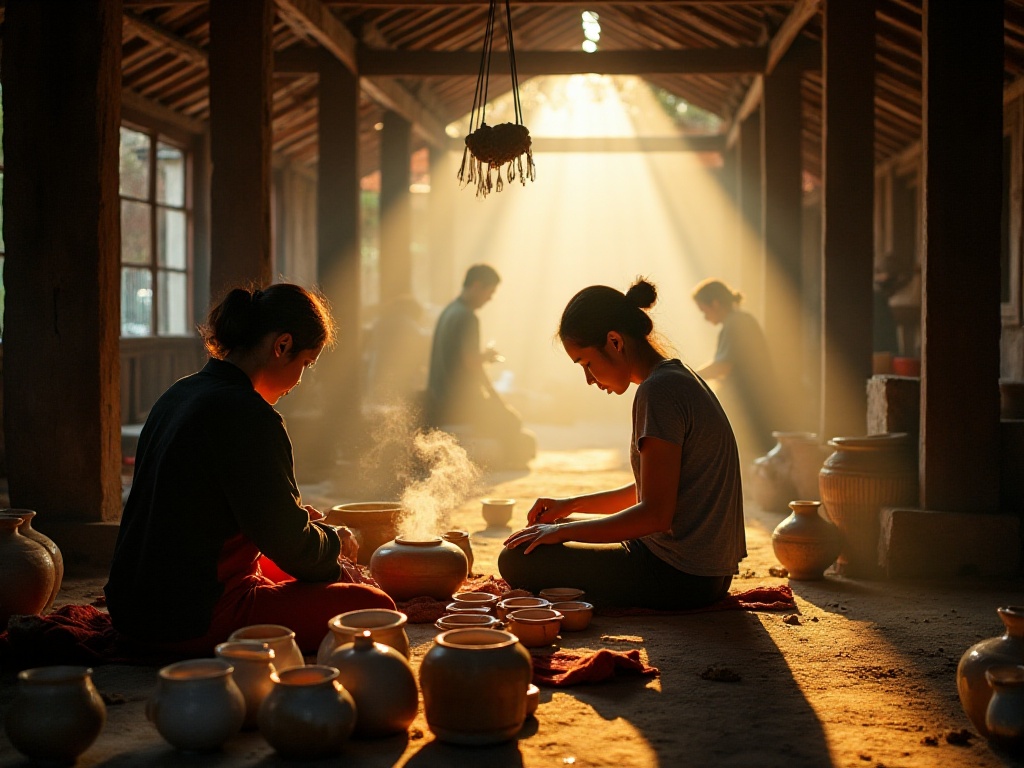Origins
Do you know what India's most popular festival is? It's Holi, which arrives every spring. As an avid traveler, I visited Varanasi during Holi last year to personally experience this two-day carnival. This festival is not just a simple celebration, but a vivid reflection of Indian culture and faith.
History
The origins of Holi can be traced back to Hindu mythology. According to legend, the demon king Hiranyakashipu became arrogant after receiving Lord Brahma's blessing. He forced his subjects to worship only him, but his son Prahlad remained devoted to Lord Vishnu. The angry Hiranyakashipu ordered his sister Holika to sit in a fire with Prahlad, as Holika had been blessed with immunity from fire. However, because Holika misused her power for evil, she was ultimately consumed by the flames while the devout Prahlad emerged unharmed. This story symbolizes the triumph of good over evil and represents the original meaning of Holi.
Rituals
That morning, as soon as I left the hotel, I saw crowds everywhere preparing for the celebration. The first day of Holi is known as Holika Dahan. By the Ganges in Varanasi, I watched locals light bonfires symbolizing Holika at dusk, with people praying, singing, and dancing around the fire. This ritual represents the expulsion of evil and welcoming of new life.
The second day is the most anticipated color celebration. From early morning, the streets are filled with laughter. People throw colorful powder (called gulal) and colored water at each other. My Indian friend told me that different colors have special meanings: red symbolizes love and fertility, blue represents Lord Krishna, yellow symbolizes knowledge and learning, and green represents harmony and nature.
Experience
In my opinion, the most fascinating aspect of Holi is how it allows everyone to set aside differences in status and fully enjoy the festivities. Here, you'll see strangers becoming friends, with laughter everywhere. I vividly remember a little boy who shyly threw red powder on my face and ran away. In that moment, I felt like a carefree child myself.
However, I suggest keeping these points in mind when participating in Holi: - Wear white or light-colored old clothes, as the color powder is difficult to wash out - Apply coconut oil to skin and hair for easier cleaning - Bring a waterproof camera, as regular cameras can be damaged by the dyes - Respect local customs and avoid touching strangers
Food
The food during Holi is equally memorable. Among traditional snacks, Gujarat's Puran Poli (a sweet flatbread) and North India's Gujiya (fried dumplings) are the most popular. In Varanasi, I tried the local specialty Thandai, a refreshing drink made with milk, almonds, and spices.
Each region has its own unique Holi food traditions. In Uttar Pradesh, people prepare Dahi Bhalla (yogurt dumplings) and Papri Chaat (crispy wafers with sauce). In Mumbai, street vendors sell Puran Poli and various sweets. I counted over 50 different festival special snacks in Varanasi alone.
Impact
Holi's influence has spread far beyond India's borders. Statistics show that over 1 million people participate in Holi celebrations annually, with international tourists accounting for about 30%. Holi celebrations can now be seen in cities worldwide, including London, New York, and Tokyo.
The festival brings significant economic benefits and promotes cultural exchange. According to India's Tourism Department, Holi period tourism revenue accounts for about 15% of annual tourism income. In Varanasi alone, hotel occupancy rates exceed 95% during the festival.
Reflections
After participating in Holi, I gained a deeper understanding of Indian culture. This festival teaches us that life shouldn't be bound by rigid rules, and occasional indulgence and celebration are healthy parts of life. Additionally, the moral tale of good versus evil reminds us to stand firm for justice, a value that remains relevant in today's society.
Have you ever wondered why modern society still needs such festivals? I believe that in this fast-paced era, people need opportunities to release pressure and return to authenticity more than ever. Holi provides exactly such a platform, allowing people to temporarily forget their worries and rediscover pure joy and happiness.
If you want to experience this festival of colors, I recommend planning six months in advance. Book accommodations and flights early, as both lodging and transportation become tight during the festival. However, I believe this spring carnival will leave you with unforgettable memories that last a lifetime.
Are you looking forward to experiencing such a colorful celebration? Feel free to share your thoughts in the comments.







